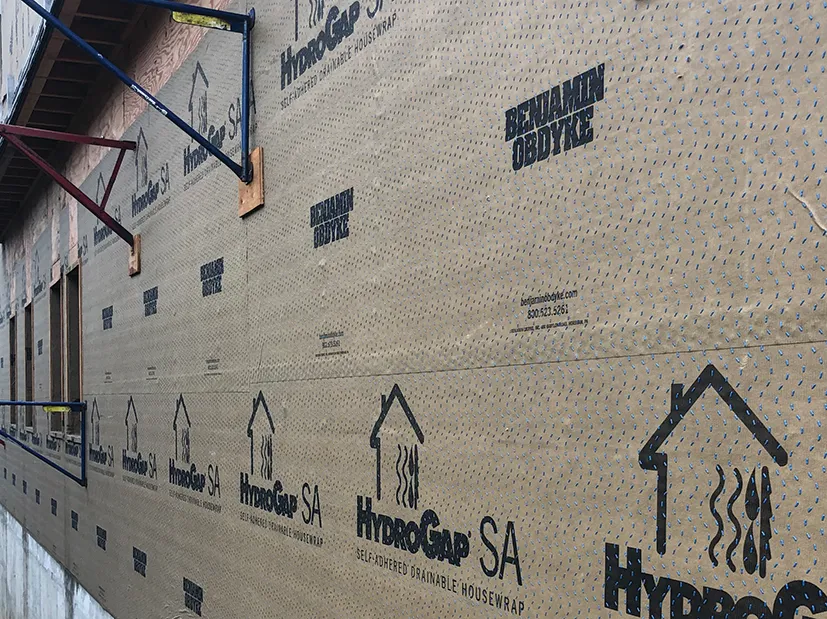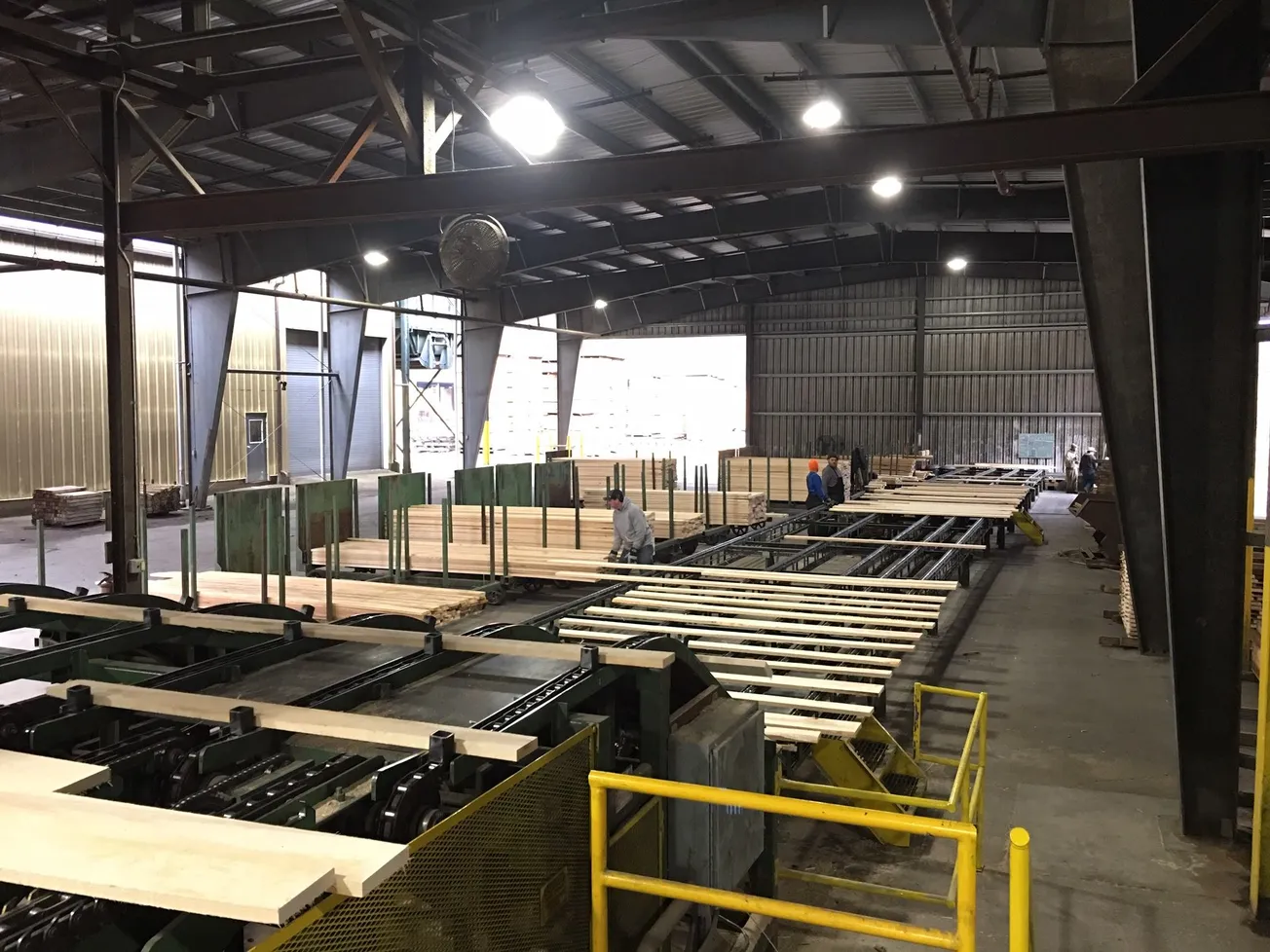Table of Contents
THE RESIDENTIAL building envelope is a system of parts, with each element impacting the performance of the other. Together, the right combination of products and installation techniques will create a robust wall system that is durable, energy-efficient, and moisture-resistant.
Though builders and remodelers are specifying and installing the wall products, dealers can play a critical role in helping them find the right products for each project. Here are some strategies to consider to help elevate your housewrap and flashing sales efforts.
- 1. Learn as much as possible
Building science is a category all on its own, so much so that the construction industry has companies, schools, and specialists dedicated to it. While you can’t be expected to know every nuance of the building envelope, having a basic understanding of how the products you sell work together can be a crucial resource for your customers.
Your manufacturer representatives are your best first course of action. They can offer product knowledge sessions for your sales team (and your customers), and many offer video tutorials and other options. Be proactive by having your rep conduct an introductory workshop each time you bring on new employees. Many also offer videos, white papers, and other resources for ongoing learning.
- 2. Look at the wall as a system and sell products accordingly
While it’s tempting to sell what you have on hand or switch customers over one product at a time, wall systems perform best when sold just like that—as a system, with each component working together to give moisture a path down and away from the wall. This also ensures compatibility between products and helps prevent failures. If your customer is buying housewrap, make sure they’re also buying flashing, and the right flashing for that housewrap and wall system application.
Your manufacturers’ representatives can help you understand which flashing products work best with each housewrap you sell. Some manufacturers may promote their products in systems according to applications, making the process even easier. For example, our Air Barrier Drainable Housewrap System, designed to provide the utmost in air seal capability and true drainage performance, combines self-adhered drainable housewrap, corner sill treatment, and flashing tape, liquid-applied flashing, or UV-resistant flashing.
As a dealer, selling the system can make the process more accessible for your sales team. For instance, if your customers are installing a trendy open-joint cladding system, our UV-Protected Rainscreen System, consisting of UV-resistant black housewrap, UV-resistant flashing, and a UV-resistant batten-style rainscreen, accommodates UV exposure behind open siding.
- 3. Understand other project factors, especially cladding
Each siding is different in both its physical structure and its material makeup, and that will influence what’s needed behind the walls. For example, vinyl siding projects off the wall and doesn’t absorb moisture, so it doesn’t need a rainscreen behind it; a flat weather resistant barrier will be sufficient. An engineered wood siding, however, will need a drainage plane provided by a rainscreen or a drainable housewrap to ensure water can drain away and not be absorbed by the siding. This is essential to protecting the siding and its finish while reducing maintenance needs. In fact, some cladding materials require specific housewrap products to preserve their warranty.
Ideally, all homes will have the most robust and efficient wall system possible, but monetary and homebuyer expectations play a role. Dealers with a deeper understanding of the project’s budget, green/energy certifications, geographic location, and other factors can help match their customers with the best possible system.
Finally, advocate that the builder use cap fasteners rather than regular staples. It’s an upsell but can help achieve maximum warranty coverage.
- 4. Create helpful displays
Seeing (and feeling) is still believing, and having samples and display boards on hand can help builders visualize how the wall systems you sell work together. Displays are also critical for educating on new building systems, such as open-joint cladding; this trend requires a UV-resistant housewrap solution that is best explained with visuals.
Kaylen Handly is technical innovation manager for Benjamin Obdyke. To learn more or to set up a virtual training session, please visit www.benjaminobdyke.com.






